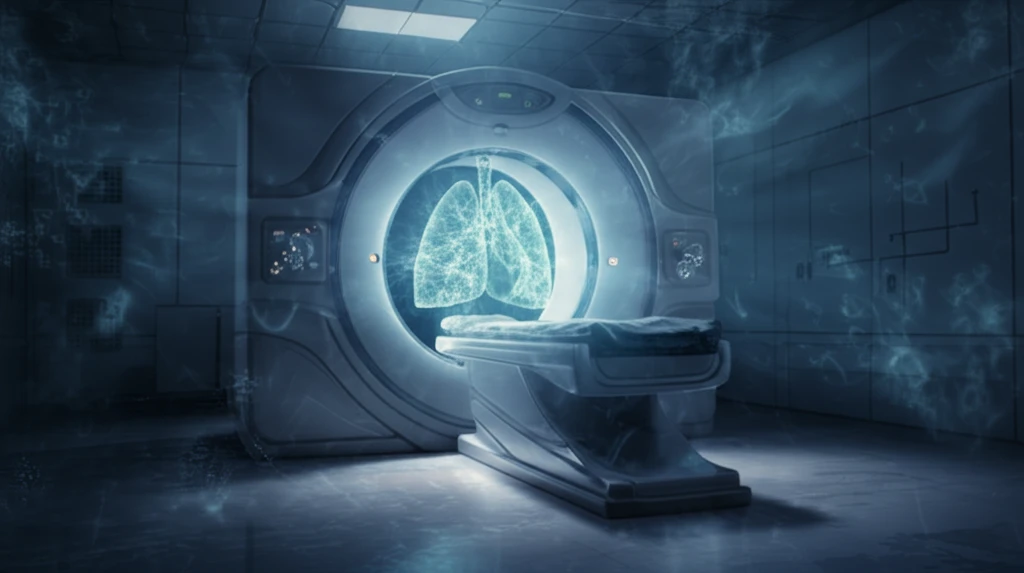
Second Chances: How CT Scans Can Spot and Treat Recurring Lung Cancer
"Learn about the innovative use of CT surveillance in catching and curing second primary lung cancers, offering new hope for survivors."
Lung cancer is a formidable adversary, but with advances in medical technology and treatment, more individuals are surviving their initial diagnosis. However, these survivors face an increased risk of developing new, or second, primary lung cancers. This is where the power of computed tomography (CT) surveillance comes into play, offering a crucial tool for early detection and improved outcomes.
Following curative surgical resection for lung cancer, consistent follow-up is essential, and CT scans provide a superior method for spotting new or recurrent pulmonary lesions compared to traditional chest x-rays. Early detection through CT scans can lead to curative treatments in the early stages, significantly enhancing survival rates. But what happens when a potential second cancer is spotted on that initial scan?
Recent research is shedding light on these scenarios, distinguishing between metachronous and synchronous primary lung cancers – those that appear later versus those that were present but indeterminate at the time of the first diagnosis. By understanding these different types, doctors can better tailor surveillance and treatment strategies, ultimately improving survival outcomes for lung cancer survivors.
Unveiling the Types of Second Lung Cancers

A study published in The Journal of Thoracic and Cardiovascular Surgery explored the characteristics, frequency, and survival rates associated with second primary lung cancers found during CT surveillance. The research team updated a prospective database of 271 patients enrolled in a surveillance program to differentiate between two types of second lung cancers: synchronous and metachronous.
- Of the 271 patients, 30 (11.1%) developed 37 second primary lung cancers during surveillance.
- 15 of these 37 cancers (40.5%) were identified as synchronous, while 22 (59.5%) were metachronous.
- Ground-glass lesions were more frequently observed in synchronous cancers at initial identification (60%) compared to metachronous cancers (22.7%).
- Synchronous cancers took longer to develop from first identification to diagnosis (33.6 months) than metachronous cancers (7.2 months) and exhibited a slower growth rate.
Hope for the Future
The study underscores the importance of CT surveillance in detecting curable second lung cancers and reinforces the need for ongoing monitoring in patients who have previously undergone treatment for lung cancer. While synchronous and metachronous cancers exhibit different growth patterns and characteristics, both can be effectively managed when detected early. As medical technology advances and surveillance protocols improve, the outlook for lung cancer survivors continues to brighten, offering hope for longer, healthier lives.
